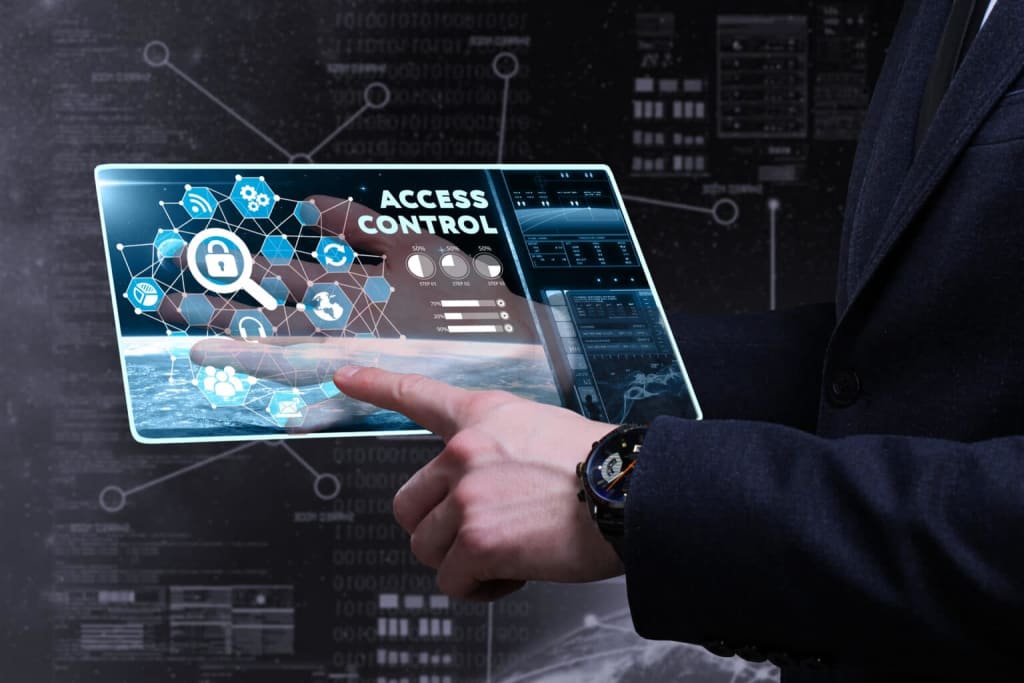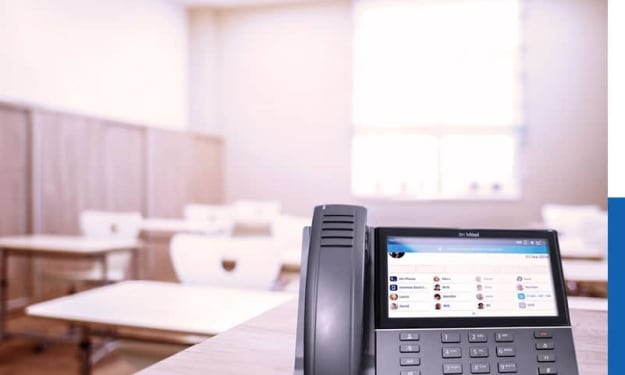Access Control Systems for Schools, Businesses & Municipalities
Access Control Systems

Access control systems are crucial in ensuring the security and safety of various establishments. These systems manage who can enter or exit a facility, thus protecting the premises from unauthorized access. As the need for security increases, the implementation of access control systems has become vital for schools, businesses, and municipalities.
Access control systems are mechanisms that regulate entry to premises, either physically or virtually, ensuring that only authorized individuals can access certain areas or information. These systems range from simple locks and keys to sophisticated biometric scanners and cloud-based solutions.
In modern society, access control systems play a critical role in protecting assets, ensuring the safety of individuals, and maintaining the integrity of sensitive information. This article explores the different types of access control systems, their applications in various settings, benefits, challenges, and future prospects.
Types of Access Control Systems
Physical Access Control
Physical access control involves restricting access to buildings, rooms, or other physical spaces.
- Locks and Keys: The traditional method of access control, still widely used for its simplicity and cost-effectiveness.
- Card-Based Systems: Utilizes magnetic stripe or RFID cards to grant access. These systems are more secure than traditional locks and keys.
- Biometric Systems: Employs fingerprint, facial recognition, or iris scanning technology. Highly secure and increasingly popular in high-security areas.
Logical Access Control
Logical access control protects digital resources and information systems.
- Passwords and PINs: Basic level of security for accessing computers and online accounts.
- Two-Factor Authentication: Enhances security by requiring two forms of verification, such as a password and a mobile code.
Hybrid Systems
Hybrid systems combine physical and logical controls for comprehensive security.
- Combining Physical and Logical Controls: Example includes using a card to enter a building and a password to access the network.
Access Control Systems for Schools
Importance of Security in Schools
Ensuring the safety of students and staff is a top priority for educational institutions. Access control systems help monitor and manage who enters and exits the school premises, reducing the risk of unauthorized access and enhancing overall security.
Types of Access Control Systems Used
- Entry and Exit Points: Schools often use card-based or biometric systems to control access at main entrances and exits.
- Classroom Access: Certain classrooms or labs may require additional security, implemented through card readers or biometric scanners.
- Visitor Management: Digital sign-in systems for visitors to track and manage non-staff individuals entering the school.
Case Studies
- Successful Implementation in Schools: A detailed look at schools that have effectively integrated access control systems, highlighting the benefits and improvements in safety.
- Challenges Faced and Solutions: Common issues such as budget constraints and resistance to new technology, along with strategies to overcome them.
Access Control Systems for Businesses
Importance of Access Control in Business Environments
For businesses, securing sensitive data, protecting assets, and ensuring the safety of employees are critical. Access control systems help in managing and monitoring who has access to different parts of the business premises.
Types of Access Control Systems Used
- Office Buildings: Card-based systems are common, allowing employees access to their work areas while restricting others.
- Data Centers: Biometric systems are often used to ensure only authorized personnel can access sensitive data storage areas.
- Warehouses: Combination of card-based and biometric systems to secure valuable inventory.
Case Studies
- Successful Implementation in Businesses: Examples of businesses that have improved security and efficiency through access control systems.
- Challenges Faced and Solutions: Addressing common issues such as high implementation costs and integration with existing systems.
Access Control Systems for Municipalities
Importance of Security in Public Spaces
Municipalities manage a wide range of public spaces and infrastructure, requiring robust security measures to ensure the safety of citizens and the integrity of public services.
Types of Access Control Systems Used
- Government Buildings: Typically use a mix of card-based and biometric systems for enhanced security.
- Public Parks: Access control to restricted areas within parks, such as maintenance facilities.
- Critical Infrastructure: High-security areas like water treatment plants and power stations often use advanced access control systems.
Case Studies
- Successful Implementation in Municipalities: Instances where municipalities have successfully integrated access control systems.
- Challenges Faced and Solutions: Overcoming issues such as funding limitations and public resistance.
Benefits of Access Control Systems
Enhanced Security
Access control systems significantly improve security by ensuring that only authorized individuals can enter specific areas, thus reducing the risk of unauthorized access and potential threats.
Improved Compliance
Many industries have regulatory requirements for security and data protection. Access control systems help organizations meet these compliance standards.
Efficient Access Management
These systems streamline the process of managing who has access to different areas, making it easier to grant or revoke permissions as needed.
Cost Savings
Although there is an initial investment, access control systems can lead to long-term cost savings by reducing the need for physical security personnel and preventing loss or damage.
Challenges and Limitations
Cost of Implementation
The initial cost of installing advanced access control systems can be high, posing a barrier for some organizations.
Technological Issues
Technical problems, such as system malfunctions or integration issues with existing infrastructure, can occur.
Privacy Concerns
Biometric systems, in particular, raise privacy issues regarding the storage and use of personal data.
Latest Innovations in Access Control Systems
AI and Machine Learning Integration
AI and machine learning are being integrated into access control systems to enhance security through predictive analytics and real-time threat detection.
Mobile Access Control
Smartphones are increasingly being used as credentials, allowing users to unlock doors and access systems via mobile apps.
Cloud-Based Systems
Cloud-based access control systems offer greater flexibility, scalability, and easier management compared to traditional on-premise systems.
Future Prospects of Access Control Systems
Increasing Adoption of Biometric Systems
As technology advances and becomes more affordable, biometric systems are expected to be more widely adopted.
Advances in AI and Predictive Analytics
Continued advancements in AI will lead to more sophisticated access control systems capable of predicting and preventing security threats.
Greater Integration with IoT Devices
Integration with IoT devices will provide more comprehensive security solutions, allowing for better monitoring and control.
Comparative Analysis
Traditional Locks vs. Modern Access Control Systems
A comparison of the security, convenience, and cost between traditional locks and modern access control systems.
Biometric Systems vs. Card-Based Systems
An analysis of the advantages and disadvantages of biometric systems compared to card-based systems.
Cloud-Based Systems vs. On-Premise Systems
A look at the benefits and drawbacks of cloud-based access control systems versus on-premise solutions.
User Guides or Tutorials
How to Choose the Right Access Control System
Factors to consider when selecting an access control system, including security needs, budget, and scalability.
Step-by-Step Guide to Implementing an Access Control System
A comprehensive guide to planning, installing, and maintaining an access control system.
Best Practices for Maintaining Access Control Systems
Tips for ensuring your access control system remains effective and secure over time.
Expert Insights
Quotes and Advice from Security Experts
Insights from industry professionals on the best practices and future trends in access control systems.
Predictions on the Future of Access Control Systems
Expert opinions on where the industry is headed and what to expect in the coming years.
About the Creator
Dan Foley
Dan Foley works as a Vice President at Eastern DataComm, which is a Safety & Communications Solutions company with an estimated 29 employees; and founded in 1988.
Enjoyed the story? Support the Creator.
Subscribe for free to receive all their stories in your feed. You could also pledge your support or give them a one-off tip, letting them know you appreciate their work.






Comments
There are no comments for this story
Be the first to respond and start the conversation.